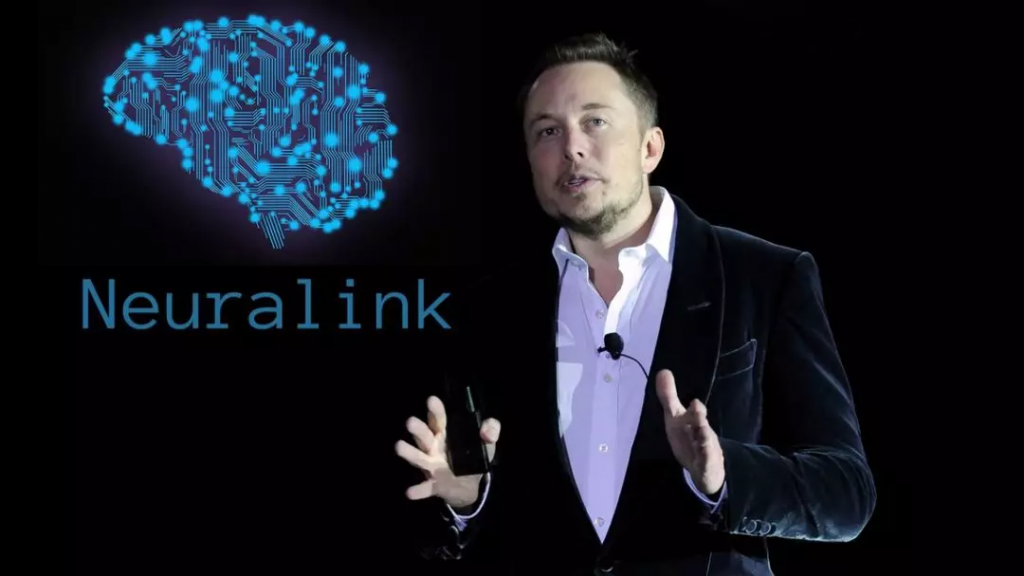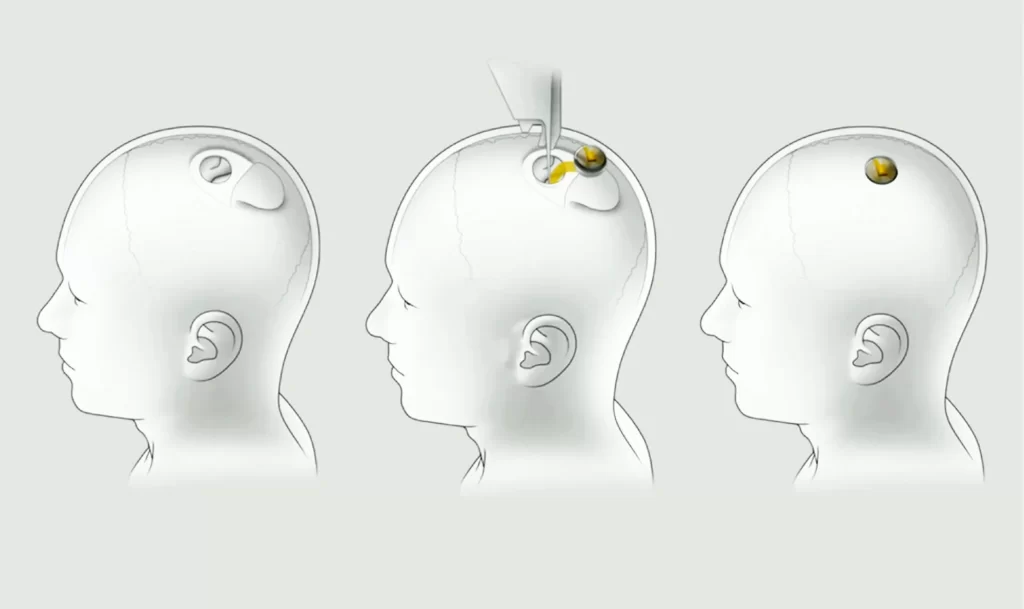In a presentation showcasing the Neuralink implant that Elon Musk hopes will someday connect the human brain to a computer, two monkeys were reportedly moving computer cursors with their brains. The feat was first documented in a human in 2006, in the pre-YouTube era, with technology that was far more cumbersome, mooring patients to a computer with a cord.
Musk said two of the company’s applications will aim to restore vision, even for people who were born blind, and a third application will focus on the motor cortex, restoring “full body functionality” for people with severed spinal cords. “We’re confident there are no physical limitations to restoring full body functionality,” Musk said.

Mr. Musk’s presentation on Wednesday night offered little that was significantly different from previous demonstrations of the device. He continued to claim that the implant could make computer control possible for people with paralysis outside of a lab setting. But experts in the field questioned whether the demonstration showed major progress with the device, especially given the breadth of work underway nationwide.
Musk also said he plans on getting one himself. “You could have a Neuralink device implanted right now and you wouldn’t even know. I mean, hypothetically … In fact, in one of these demos, I will,” he said. He reiterated that on Twitter after the event.
The company does not have approval from the Food and Drug Administration to sell the device yet. Mr. Musk said on Wednesday that the company had submitted most of its paperwork to the agency to seek permission to implant its device in a human. He predicted a test in humans in six months, but any step toward trials in people would be up to the FDA after a full evaluation of the risks of surgical implantation and the safety of the device.

The goal of the brain-computer interface, known as a BCI, is initially to allow a person with a debilitating condition—such as amyotrophic lateral sclerosis (ALS) or suffering the aftereffects of a stroke—to communicate via their thoughts. The company demonstrated that with a monkey “telepathically typing” on a screen in front of it. The Neuralink device translates neuronal spikes into data that can be interpreted by a computer. Musk hopes that the device could one day become mainstream and allow for the transfer of information between humans and machines. He has long argued that humans can only keep up with the advances being made by artificial intelligence with the help of computer-like augmentations.


